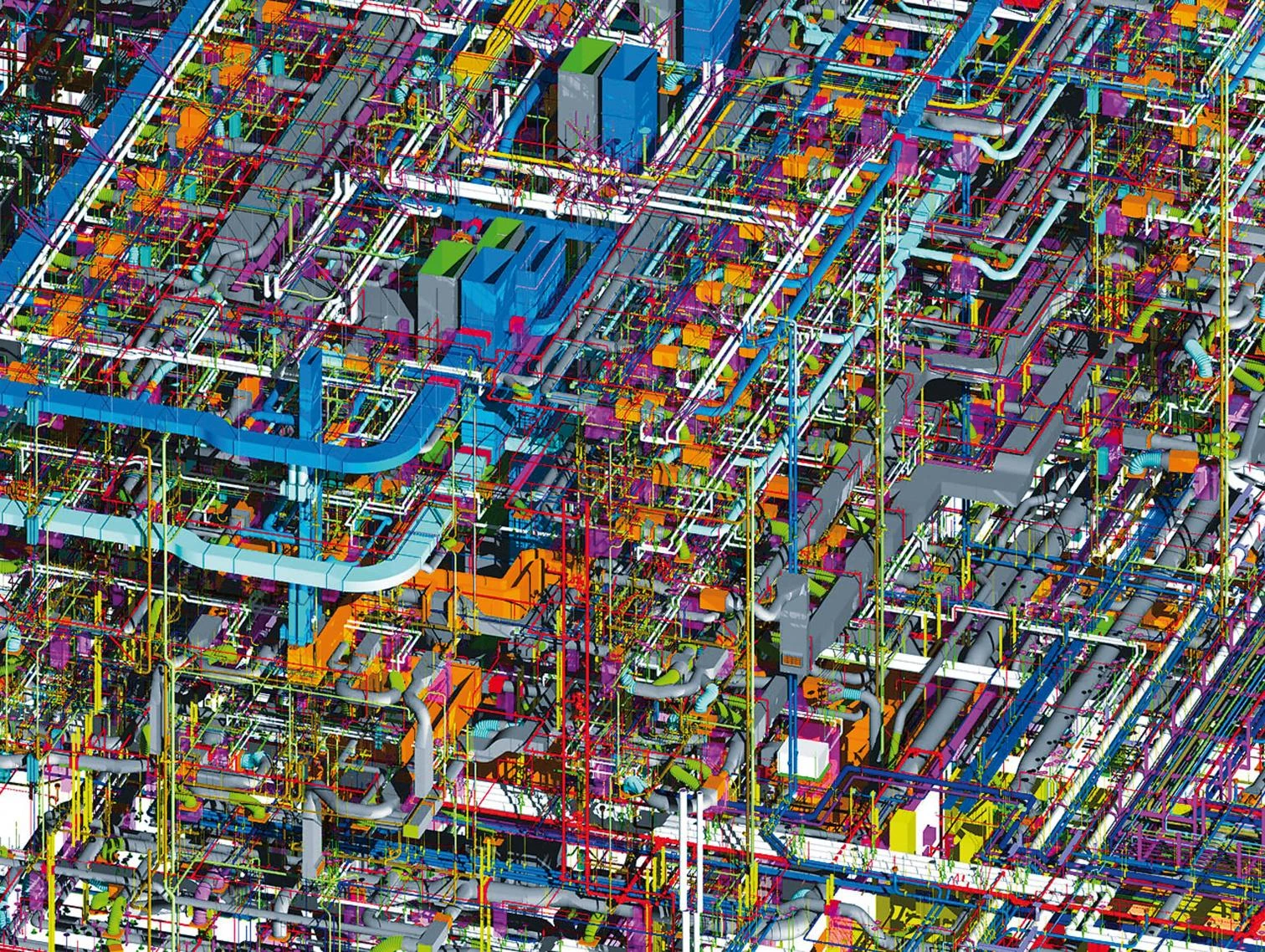
Already in its inaugural issue, back in June 1988, this magazine made room for commentary on architecture’s new digital tools, which were changing the way architects graphically represented the buildings that they imagined, and gradually even the actual process of designing them, sometimes generating proposals that would never have come up if it hadn’t been for the new instruments.
As in a digital Cambrian explosion, all the ‘phyla’ that would eventually give rise to species which are now habitual in architectural offices already existed. Exactly twenty-five years ago we did a taxonomy of the different varieties in the book Infografía y arquitectura: dibujo y diseño asistidos por orderador (Editorial Nerea, Madrid, 1992), written with Jorge Sainz, then staff writer in Arquitectura Viva and well-versed on these matters, too.
But the pace has not been as fast as the gurus predicted. Our prophecy promised quick adoption of three-dimensional representation systems, specifically for architecture. But what actually happened was: the ‘AutoCAD peace,’ a twenty-year period during which professionals thought computers were about imitating traditional overlay drafting, after the appearance of ozalid copiers, eons ago.
The systems that allowed the correct paradigm (the three-dimensional representation of what is naturally three-dimensional) were already available at the time: slow, and expensive, but functional enough for early adopters to make things with them and get hooked. There are two explanations for the delay and they are really one and the same thing. First is the extraordinary efficiency of two-dimensional representation systems, whether manual or digital, in developing, documenting, and communicating designs. The decodifying capacity of those executing the project enables them to work reasonably well with vague, incomplete, or even mistaken execution drawings. The second explanation is the large number of decisions traditionally made during construction, and which the three-dimensional media pushed ahead to the design phase. Although this change signified an important advance for construction in general, in reality it shifted the hard work to the design team – though fees did not shift as energetically. The architect works more with BIM, yes. If it meant less work, architects would have used it sooner. If it is now suddenly gaining ground at breakneck speed, that is because developers have gotten wind of it.
So it is really only now that the design process is beginning to digitalize. For thirty years we have been replacing the atoms of the old manual methods with computer bits. Now it looks like because of 3D printers, robots, and industrialized prefabrication systems, construction companies will be giving way to work centers that produce buildings. We will then have come full circle, returning from bits to atoms. However, if the process turns out to resemble the one that replaced the Rotring with BIM, then we know we’re in for the long haul.
Fernando Valderrama is an architect and the designer of Presto software.





